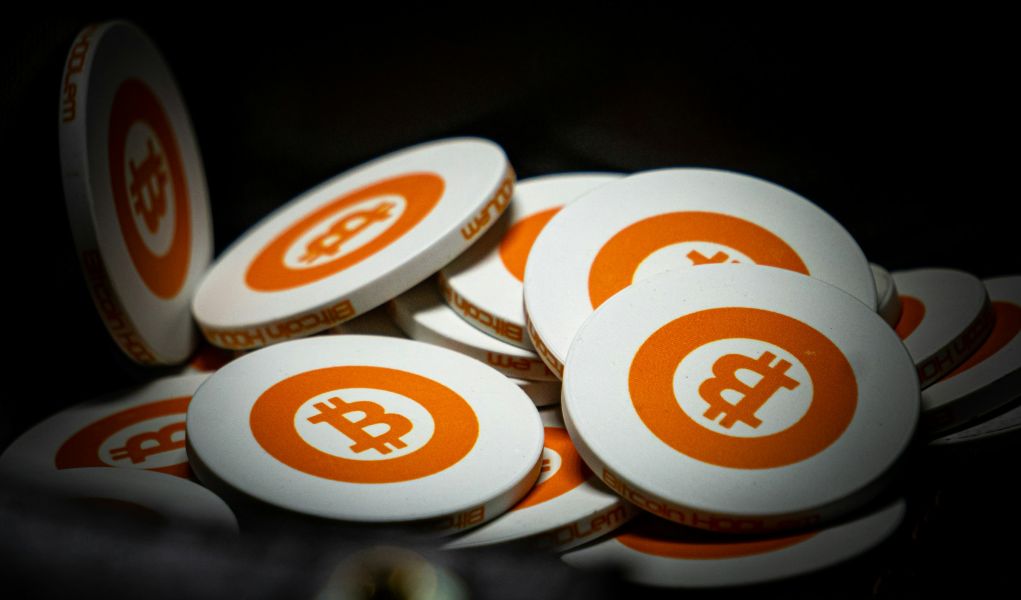
Since the emergence of the Ordinals protocol, we have witnessed the birth of fungible token standard on Bitcoin. Read on to learn about the five most impactful token standards you should know about.
What Are Bitcoin Token Standards?
Bitcoin token standards are a set of rules and conventions that govern how a token created on Bitcoin is designed and operates. According to this framework, a new token issued under a specific token standard is compatible with existing projects and applications using the same standard.
Bitcoin token standards are relatively new to the Bitcoin blockchain. The introduction of the Ordinals protocol enabled the development of native token standards. The Ordinals theory assigns each Satoshi a sequential number that can be inscribed with specific data like data, images, and more. The inscriptions engraved through the Ordinals protocol are stored on the Bitcoin blockchain as Bitcoin non-fungible tokens or Bitcoin NFTs.
Ordinals also enabled the development of Web3 capability on Bitcoin. This led to the rise of token standards that oversaw the minting, issuance, and deployment of fungible tokens on Bitcoin. The BRC-20 token standard was the first token standard for Bitcoin fungible tokens. Soon other variations of Bitcoin token standards would be designed to improve on the earlier versions like CBRC-20, ARC-20, and more.
Top 5 Token Standards on Bitcoin
Now, let’s take a look at five of the most exciting token standards on Bitcoin.
BRC-20
BRC-20 was the first token standard for creating fungible tokens on Bitcoin using Ordinal inscriptions. The standard was introduced in March 2023 by a pseudonymous developer known as Domo, who drew his inspiration from observing the Sats name standard. It allows developers to create, issue, and deploy fungible tokens on Bitcoin.
Developers use this standard to transfer Bitcoin’s security and durability to new fungible tokens. Moreover, BRC-20 allows the developers to generate and transfer fungible tokens on the Bitcoin blockchain.
CBRC-20
CBRC-20 is a meta-protocol standard for creating fungible tokens on Bitcoin using Ordinals. The standard was introduced in December 2023, by a group of programmers known as the THEMOTO. The standard aims to reduce inscription costs to those on BRC-20 and streamline the indexing process for fungible tokens on the Bitcoin base layer.
CBRC-20 standard is an upgrade to BRC-20 and differs in its approach to inscription and data efficiency. CBRC-20 tokens store their metadata in Ordinal envelopes using a CBOR format compared to BRC-20 tokens that store JSON files directly to a Sat. The former lowers the cost of minting and transferring inscriptions.
ARC-20
The Atomicals Protocol’s ARC-20 is a token standard for creating fungible tokens. The token standard was introduced in December 2023 and was intended to address how to represent arbitrary fungible tokens on the Bitcoin network. ARC-20 standard uses each Satoshi to back every unit of a deployed token.
ARC-20 uses Satoshis to underpin the value of each and can be split and combined like regular BTC. ARC-20 tokens can be minted, are transferable to any Bitcoin address type, and work with wallets supporting UTXO selection.
BRC-420
BRC-420 token standard that extends BRC-20 with metadata capabilities, allowing for the creation of robust and diverse Bitcoin Ordinals. Launched in 2023, it’s designed to offer a universal standard for metaverse assets and a system to support collaborators through an open metaverse economy.
The asset standard enables the creation of a wide range of inscriptions, ranging from 2D to 3D animations to game items, art, multimedia, and more. BRC-420 also has an innovative royalty standard that will define ownership and user rights and allow creators to earn inscription royalties.
Runes
Runes is a token standard that relies on the “Unspent Transaction Output (UTXO)” model to generate fungible tokens. The protocol was announced in September 2023 as a simpler and less resource-intensive alternative to the BRC-20 token standard. UTXOs are simply the amount of unused Bitcoins you have after executing an Ordinals transaction.
Runes tokens are created through an issuance transaction that defines tokenomics, allocates supply to a specific UTXO, and a transfer function that separates UTXOs into individual units storing different amounts of Runes. The UTXO model relies on off-chain resources to generate tokens that are compatible with Bitcoin’s base layer.
Final Word
The Ordinals protocol is responsible for the evolution of token standards on Bitcoin. Each token standard has a unique approach to creating fungible tokens.
The newly introduced token standards will likely attract more developers from other blockchains like Ethereum to build innovations on Bitcoin, which should bode well for the broader Bitcoin ecosystem.

Founder Dinis Guarda
IntelligentHQ Your New Business Network.
IntelligentHQ is a Business network and an expert source for finance, capital markets and intelligence for thousands of global business professionals, startups, and companies.
We exist at the point of intersection between technology, social media, finance and innovation.
IntelligentHQ leverages innovation and scale of social digital technology, analytics, news, and distribution to create an unparalleled, full digital medium and social business networks spectrum.
IntelligentHQ is working hard, to become a trusted, and indispensable source of business news and analytics, within financial services and its associated supply chains and ecosystems




























